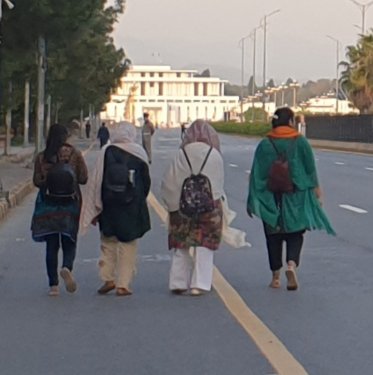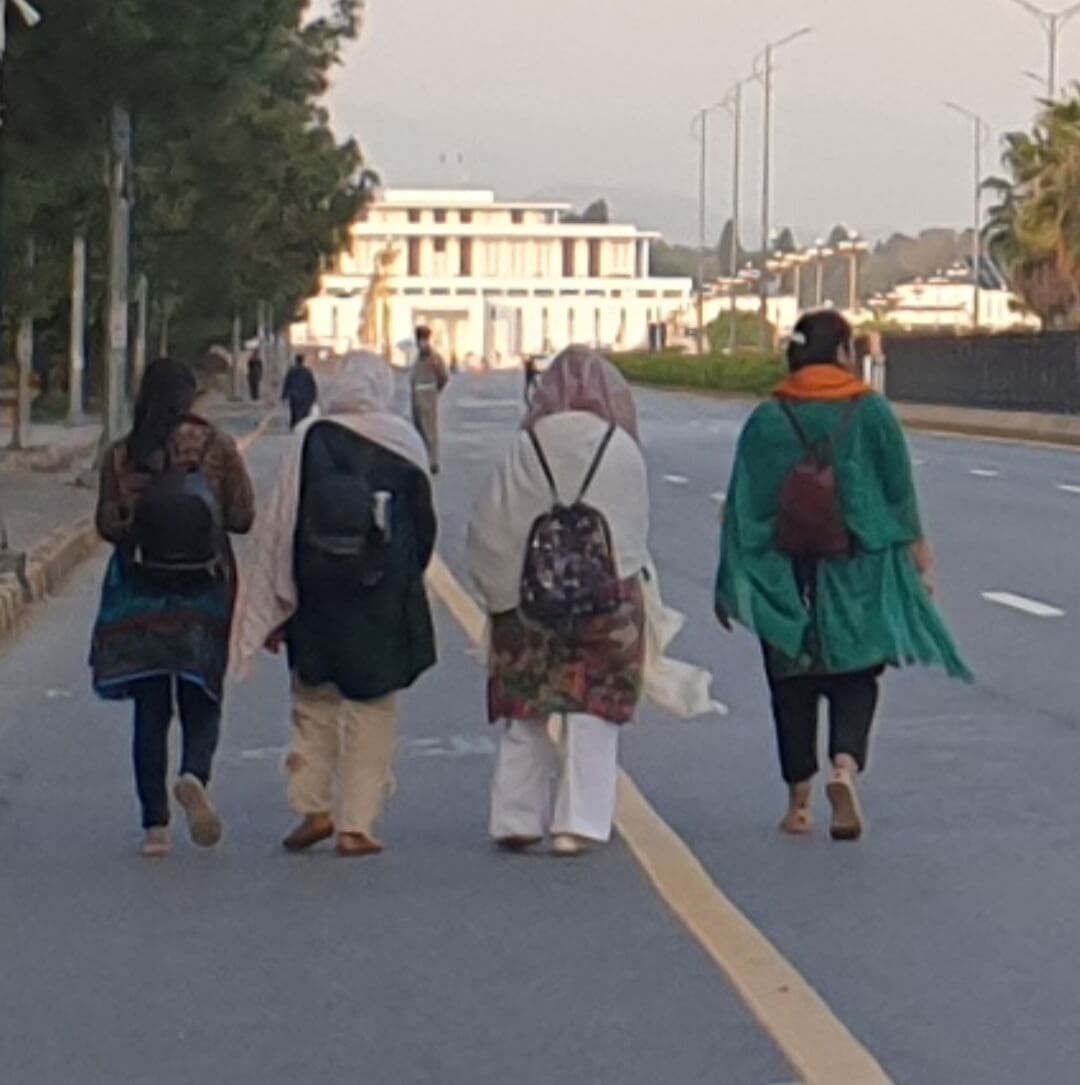Pakistan’s Cities are Made For and By Men

By Quratulain Fatima
As a mother of a toddler and a woman walking in the streets of Pakistan’s capital Islamabad, I encounter many challenges. Our exclusion focused urban planning and management has resulted in issues confronted by women ranging from harassment, dim lighted areas, ill planned or no walkways to lack of adequate (and safe) outdoor activity available for women and children. This is further aggravated by the fact that many urban development authorities are led by civil servants who are mostly men. Worldwide, women occupy just 10 percent of the highest-ranking jobs at leading architecture firms and urban planning offices. In Pakistan which ranks at the bottom of gender equality Index, situation is bleak. With very few women at key urban policy and management positions, the design of public spaces seldom considers the daily lives of women and children. In addition to limited representation in planning, women, girls and sexual and gender minorities are rarely asked to participate in community planning and design processes.
Pakistan is one of the most rapidly urbanizing country in the world. However, Pakistan’s cities are made for and by men. For Pakistan to prosper, cities will have to be inclusive. Therefore, gender lens is needed in the policy and planning hierarchy of the government.
In Pakistan, the lack of safe spaces for women is not very high on the city administrations’ agenda. The reasons for this are varied: no feminist policy focus and few women in positions to influence policymaking.As a woman public administrator, I have experienced even a few small steps can help cities safe for women and children. For example, just lighting up the streets or bus stops can make it easier for women go out at odd timings. I took a few initiatives with the partnership of local community to create safe spaces for women using playgrounds of public schools in Rawalpindi. Women public servants at other places have taken initiatives like creating accessible childcare and flexible work timings for working women. Existing parks can be designed to make them inclusive for women, children and differently abled people
Taking example of Islamabad, the city is averse to street vendors and they are removed regularly to keep Islamabad clean and beautiful. It is interesting because in a survey conducted by the Delhi police in India, most women felt safer on streets with vendors, as the higher footfall acts as a deterrent against potential perpetrators. Jane Jacobs called it “eye on the street”.
There is no denying the fact that social behaviors need to change. However, this is a long and arduous process. In the meantime, women and girls should not be denied safe spaces to harness their true potential. That is the arena where women policy planners and implementers need to reimagine cities for women and children.
Public administrators in Pakistan should make efforts towards transforming cities and roads from car-friendly character to women friendly spaces. If a city is safe for women it is safer for everyone. Cities become safer with vibrant streets and safe public spaces. Public administrators need to engage more women urbanists in decision making process who will design spaces according to the needs of women and children.
——————————–
Quratulain Fatima is a Civil Servant working extensively on the intersection of public policy, gender inclusive development and conflict prevention.




